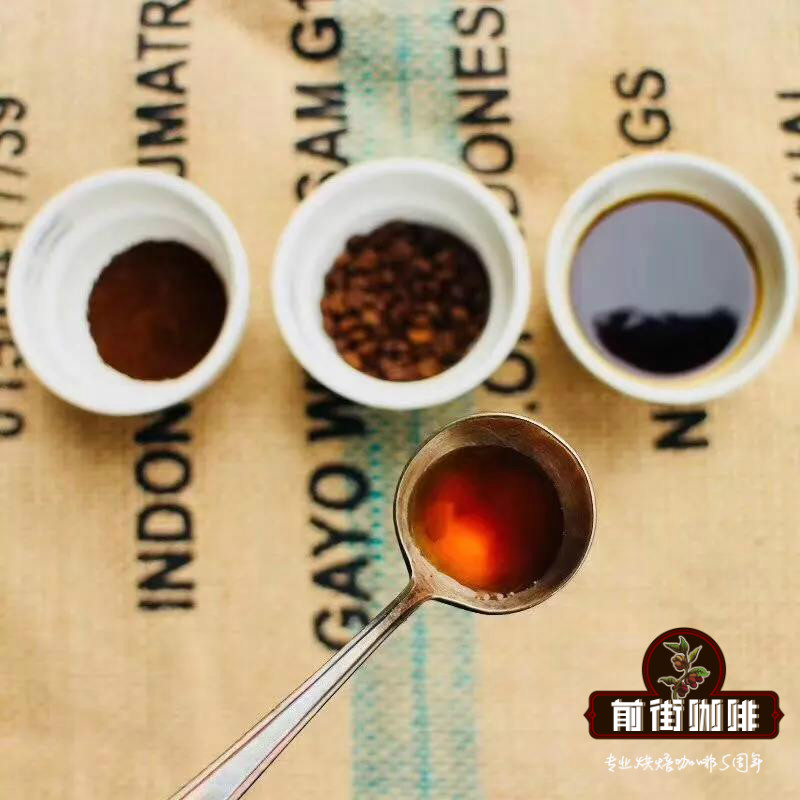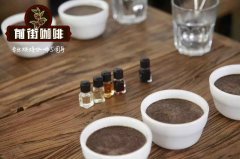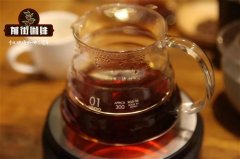A short story about the history of the invention of pull-rod coffee machine who invented the principle, advantages and disadvantages

Professional coffee knowledge exchange more coffee bean information please follow the coffee workshop (Wechat official account cafe_style)
A few days ago, when I was a guest at a friend's house, I found an espresso machine standing towering in a corner of the table, shining with high-spirited light, which made me envy those who loved espresso. Every morning you don't have to go out to have a nice cup of warm and mellow coffee!
For many people, a new day starts with a good cup of coffee.
In Taiwan, espresso can be bought everywhere, and there are convenient supermarkets around the corner downstairs, but for me, a good cup of espresso is not easy to get, or it is a bit difficult to encounter mines. So I'd love to have an espresso machine where I can drink great espresso anytime, anywhere, but a good espresso machine is not cheap, and it wasn't originally invented for people to enjoy at home, but to give up a quick and large number of business models.
This can be seen from the name of the patent application for the early invention of the Italian machine, Angelo Moriondo applied for a patent for "steam-operated equipment for the rapid production of coffee drinks" in 1884; seventeen years later, in 1901, Luigi Bezzera of Milan made a series of improvements to the espresso machine, the first of which was entitled "improvements to the machine for rapid preparation of coffee drinks". If people at that time knew that many families with less than five people still had an Italian coffee machine, would they think that we were simply overqualified and crazy?
In the 1950s, the leaflet of the Italian-style drawbar coffee machine showed that it focused on beautiful design at that time.
After World War II, the manufacturing technology of espresso machine became more and more mature, especially in 1945, Achille Gaggia in Milan invented a revolutionary espresso machine pull rod coffee machine, which uses a long pressure bar to force hot water through the coffee powder with a spring force, and can instantly brew espresso with strong and mellow flavor. this invention replaces the previous way of extracting coffee powder by the pressure provided by high temperature steam.
Jia Jiya (Achille Gaggia)
The way before him was difficult to control, often extracting coffee that was too bitter, and even the Italians themselves did not like it. The pull-rod coffee machine invented by Jiajiya not only makes espresso taste better, but also eliminates the need for the machine to rely on bulky boilers to provide pressure, making the body much lighter, creating an espresso specialty store. Strong and mellow espresso, like a prairie fire sweeping Italy.
The popularity of Italian restaurants in the United States also introduced Italian espresso, which became a place for many poets, politicians and artists to communicate at that time. Not only the United States, but also London was captured in early 1950. In 1952, an Italian immigrant named Pino Riservato was unforgettable by the strong smell of coffee when he was passing by bars and dim sum shops, so he used his savings to buy five Italian machines and set up a mocha cafe in Soho, which is full of restaurants in London.
In London cafes in the 1950s, as it is now, there are often pleasant pictures of elders sitting and resting.
The Resevato's business went unexpectedly well, was packed on the first day of the opening, and then sold at least 1,000 cups of coffee a day. Many Italians living in Britain love this cafe and come here to have a cup of espresso to relieve their homesickness. Within a year, cafes brewing espresso were opening across London, and by 1956 400 espresso cafes had opened in London alone, almost two new cafes a week.
Suddenly, life in Europe and America in the 1950s seemed to shorten the gap between life in Taiwan in 2015 and life in Taiwan in 2015. according to statistics, in 2013 alone, Taiwan drank a total of 2.18 billion cups of freshly brewed coffee. Busy and high-pressure Taiwanese office workers almost have one cup a day, or even two or three cups. In the era when it was supposed to be "remote thinking", it was really wonderful to speculate and imagine in the way of "recall". It seems that the whole world and ancient and modern history are connected by a small coffee bean.
Important Notice :
前街咖啡 FrontStreet Coffee has moved to new addredd:
FrontStreet Coffee Address: 315,Donghua East Road,GuangZhou
Tel:020 38364473
- Prev

Is coffee filter good to make coffee? the shortcomings of coffee filter or filter paper are better to use.
Professional coffee knowledge exchange more coffee bean information Please follow the coffee workshop (Wechat official account cafe_style) grind the coffee powder, put the coffee powder on the filter paper, rinse slowly with the water, extract the amber hand brew coffee many coffee fans like to brew coffee by hand at home. One of the most important tools for hand-brewing coffee is the filtering tool, including coffee filter.
- Next

How to make Coffee Coffee Machine how to make Coffee Coffee Machine how to make Coffee Coffee Machine
Professional coffee knowledge exchange more coffee bean information Please follow the coffee workshop (Wechat official account cafe_style) the vast majority of people will be attracted by her elegant and retro appearance at first sight of La Pavoni's drawbar coffee machine, but then there will be questions: "can you make good coffee with this small machine without a motor pump?
Related
- Beginners will see the "Coffee pull flower" guide!
- What is the difference between ice blog purified milk and ordinary milk coffee?
- Why is the Philippines the largest producer of crops in Liberia?
- For coffee extraction, should the fine powder be retained?
- How does extracted espresso fill pressed powder? How much strength does it take to press the powder?
- How to make jasmine cold extract coffee? Is the jasmine + latte good?
- Will this little toy really make the coffee taste better? How does Lily Drip affect coffee extraction?
- Will the action of slapping the filter cup also affect coffee extraction?
- What's the difference between powder-to-water ratio and powder-to-liquid ratio?
- What is the Ethiopian local species? What does it have to do with Heirloom native species?

